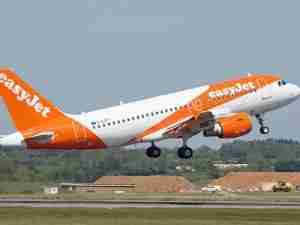- Korean Air had 14.72 trillion won ($13 billion) in total borrowings as of September, the latest company disclosure shows. Of the total debt, 62.5 percent is in dollars and 11.9 percent in other foreign currencies.
- Around $589 million of the Korean flag carrier’s U.S.-dollar loans come due this year: Bloomberg-compiled data.
- Total borrowings at smaller rival Asiana Airlines Inc. stood at 4.43 trillion won at the end of 2016, 51.8 percent of which is in foreign currencies, company filings show.
Korean Air’s Debt Costs Set to Worsen as Won Seen Weakening
By: | Feb 06 2017 at 09:44 PM | Air Cargo
Korean Air Lines Co. ended last year with a credit rating downgrade and debt-to-equity ratio approaching 1,000 percent—the worst among Asian full-service carriers. Investors of the money-losing airline face an even bleaker 2017 as a weaker won raises the cost of repaying foreign debt.
The Korean currency is projected to weaken around 7 percent against the dollar by December, according to the median of forecasts in a Bloomberg survey of analysts. Korean Air’s foreign currency debt accounts for more than 70 percent of total borrowings.











